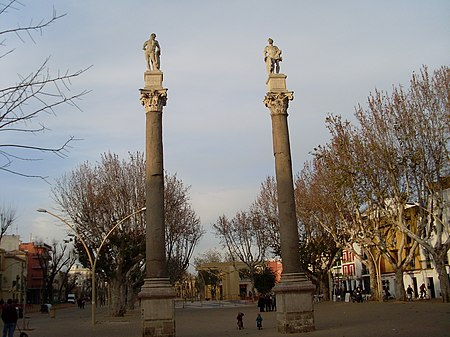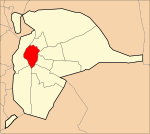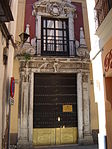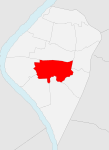Alameda de Hércules
Buildings and structures in SevilleNeighbourhoods of SevilleParks in SpainTourist attractions in SevilleUrban public parks

The Alameda de Hércules (Hercules mall), or simply La Alameda, is a garden square or mall in Seville, southern Spain. Built in 1574, it was originally a promenaded public garden, named after the eight rows of white poplar trees (álamos in Spanish) that fill its central part. Located in the northern half of the city's casco antiguo (historic center), between the Guadalquivir River and the Macarena neighbourhood, it was the oldest public garden in Spain and Europe.
Excerpt from the Wikipedia article Alameda de Hércules (License: CC BY-SA 3.0, Authors, Images).Alameda de Hércules
Calle Arias Montano, Seville Casco Antiguo
Geographical coordinates (GPS) Address Nearby Places Show on map
Geographical coordinates (GPS)
| Latitude | Longitude |
|---|---|
| N 37.398825 ° | E -5.9941333333333 ° |
Address
Casa de las Sirenas
Calle Arias Montano
41002 Seville, Casco Antiguo
Andalusia, Spain
Open on Google Maps











